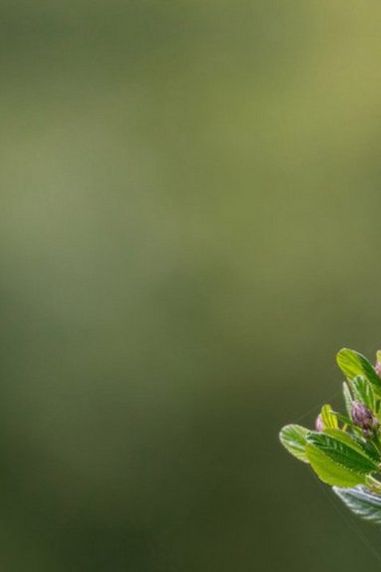As part of Made For Adventure, we're showcasing our favourite outdoor activities and why we think you should try them out. Our aim is to inspire you to get out and make the most of the great outdoors!
Have you ever looked up at the sky and wondered about the type of bird soaring above? With hundreds of species in the UK, the possibilities for discovering the answer are as vast as the sky itself.
If you're looking for a new hobby to try out, then birdwatching is a fantastic way to get outdoors and connect with nature. It's accessible, anyone can enjoy it without needing tons of equipment to get started. With birds all around us, you can even enjoy the activity from the comfort of your own garden.
In this blog, we'll provide you with valuable info to kickstart your birdwatching journey, including insights into The Birdwatcher's Code. So, grab your binoculars and get ready to discover a newfound appreciation for the world above and around us!

Jump to a Topic
What Is Birdwatching?
Birdwatching, or birding, is a hobby enjoyed by around three million adults every year in the UK. It's the act of observing and studying birds in their natural habitats, gaining insights into their behaviour and characteristics, all while enjoying the great outdoors.
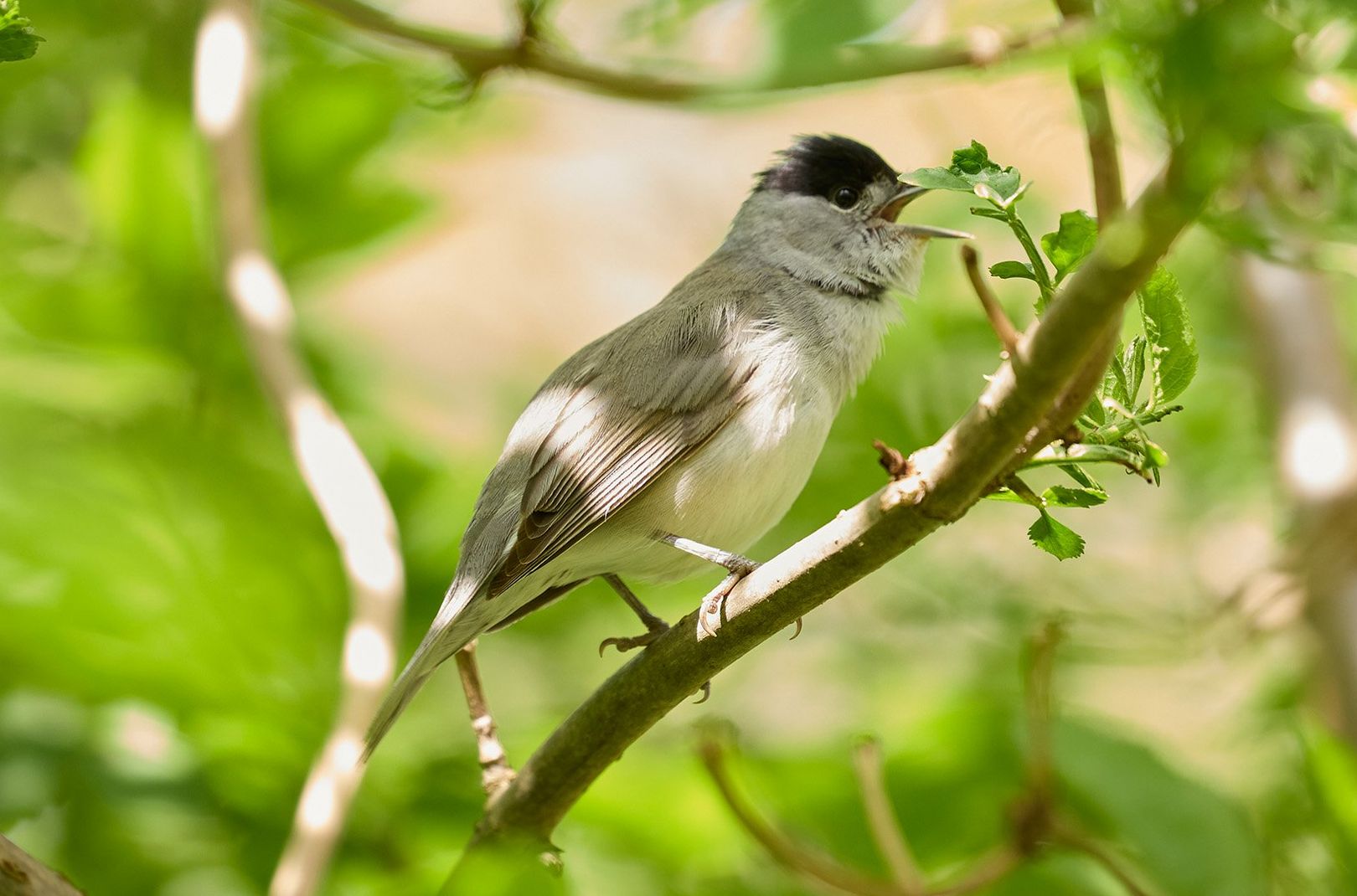
It's a super flexible activity that can easily adapt to anyone's lifestyle. You're able to invest as much time, effort and budget based on what suits you best. It's also a fantastic hobby for engaging your mind and connecting with kindred spirits; the community is friendly and welcoming to all.
Birds are diverse and fascinating creatures. Birdwatching allows you to appreciate their beauty, behaviours and remarkable adaptations. By observing and studying birds, you gain a deeper understanding of their role in ecosystems and the importance of conservation.
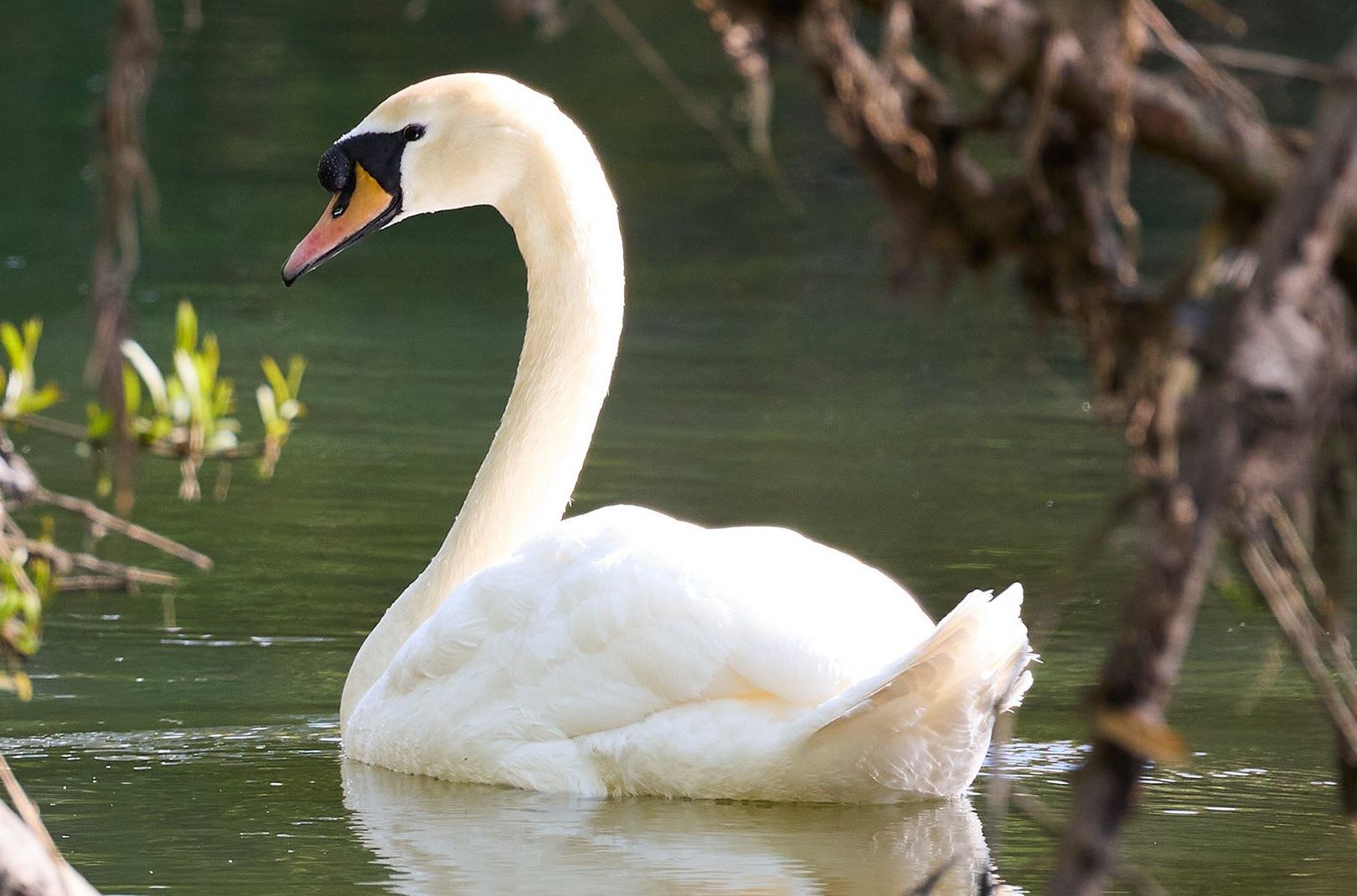
How Do I Find Birds?
The main tools needed for birdwatching are your eyes, ears and patience. The first indication of a nearby bird is the melodious songs they sing. It's likely you'll hear a bird before you see one! When you sense their presence, stay still to get a clearer view and listen attentively. Birds are sensitive to movements and sounds so minimising disturbances will increase your chance of spotting them. If you can hear a bird but can't see it, scan the trees and bushes for movement or flashes of vibrant colour. Practice makes perfect!
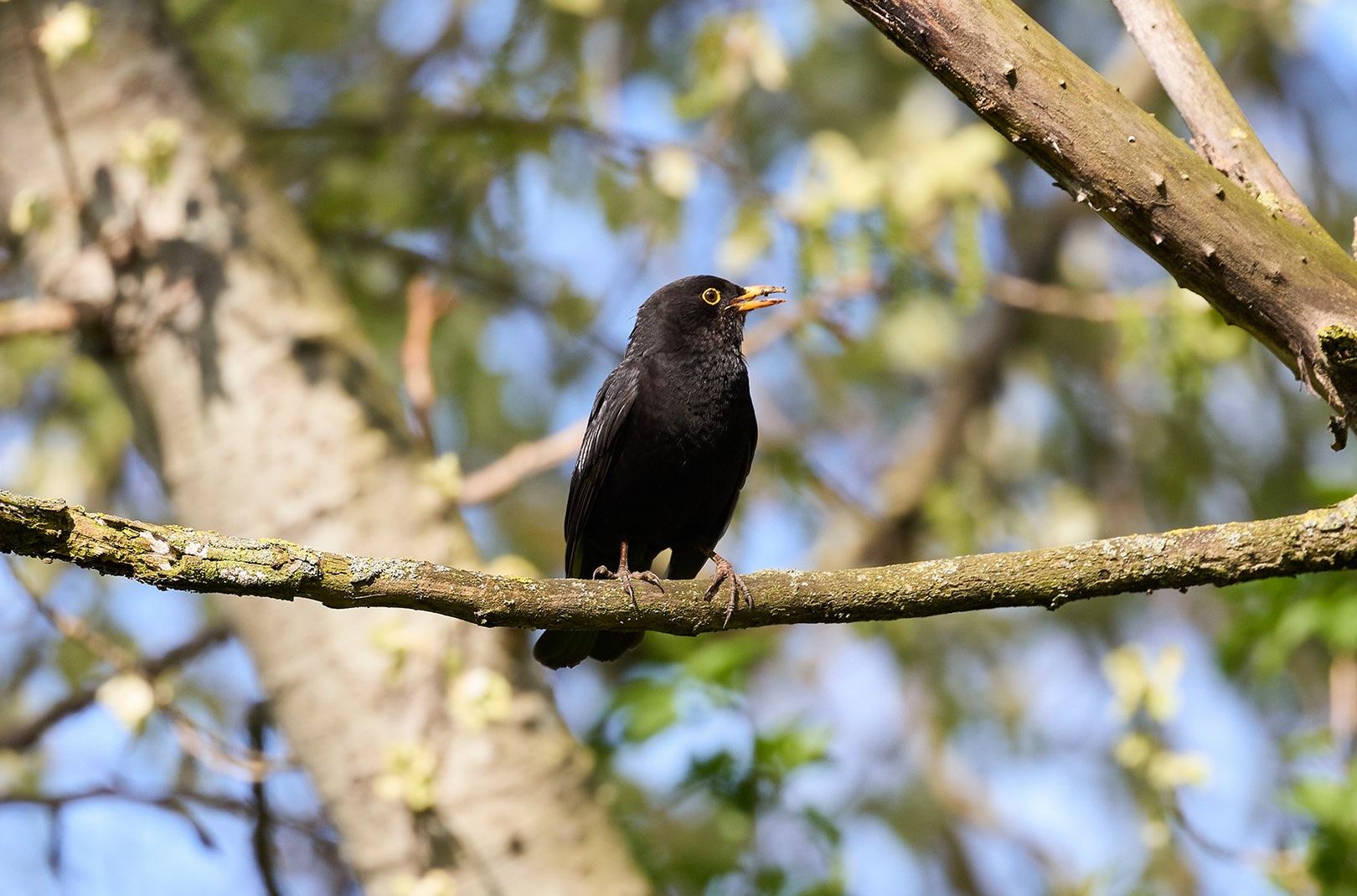
If you're unable to identify the bird at the time, don't worry! Take note of any distinctive features or behaviours that caught your attention so you can conduct some research later. Utilise helpful tools such as RSPB's Identify a Bird which lists 405 species of bird species found in the UK, including some rare oversea visitors. With just a few details like location, size and colour, this app can help you deduce the potential bird species you may have encountered, making bird identification a breeze.
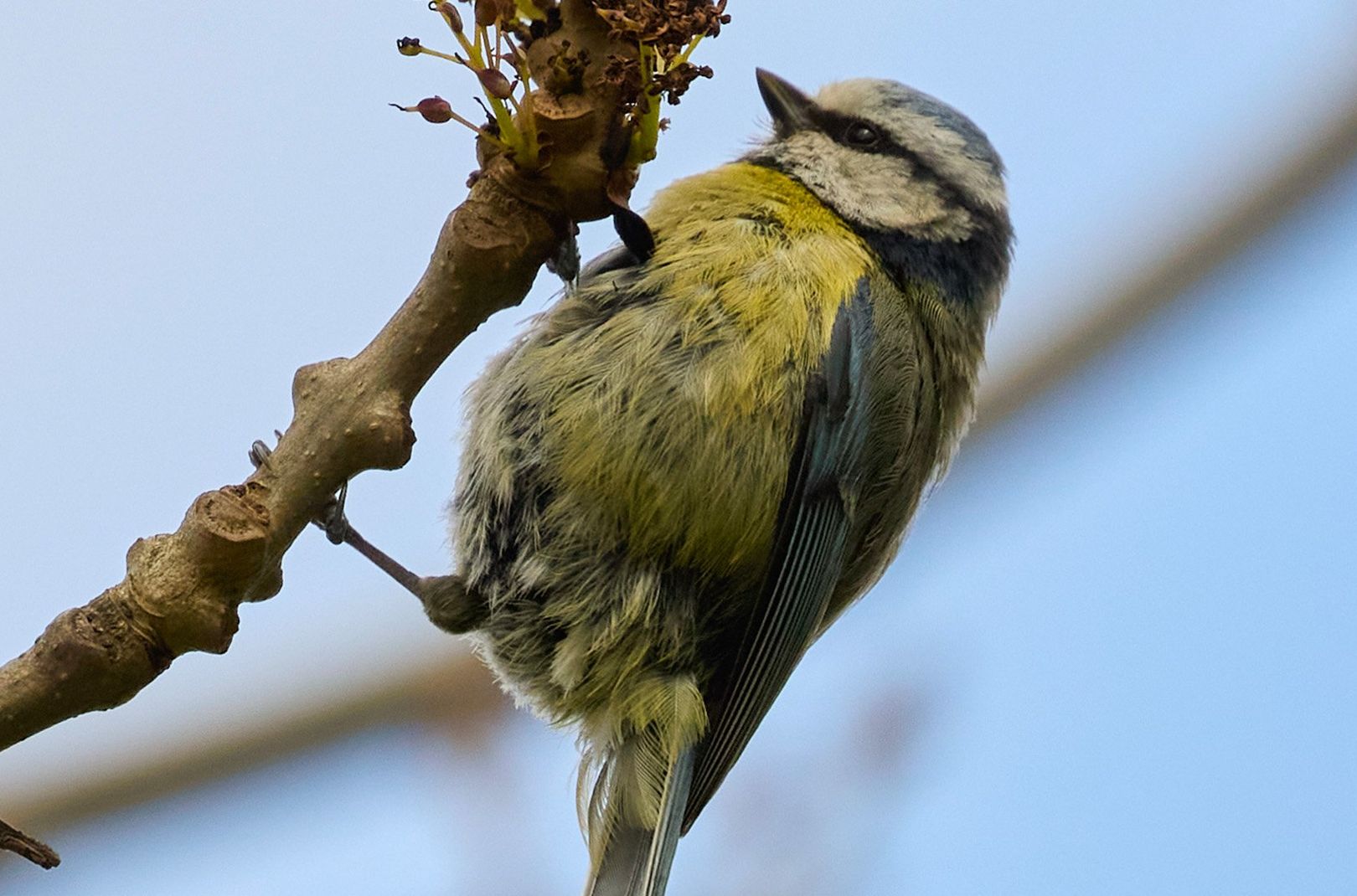
Where Can I Find Birds?
Begin your birdwatching adventure in your garden, local parks, nearby reserves and woods – there are birds everywhere! If there's a specific species you'd like to spot, do some research to learn about their preferred habitats and where they can be found. Each bird has its own environmental preference, so exploring various ecosystems like forests, wetlands, meadows or coastal areas will increase your chances of encountering a diverse range of species.
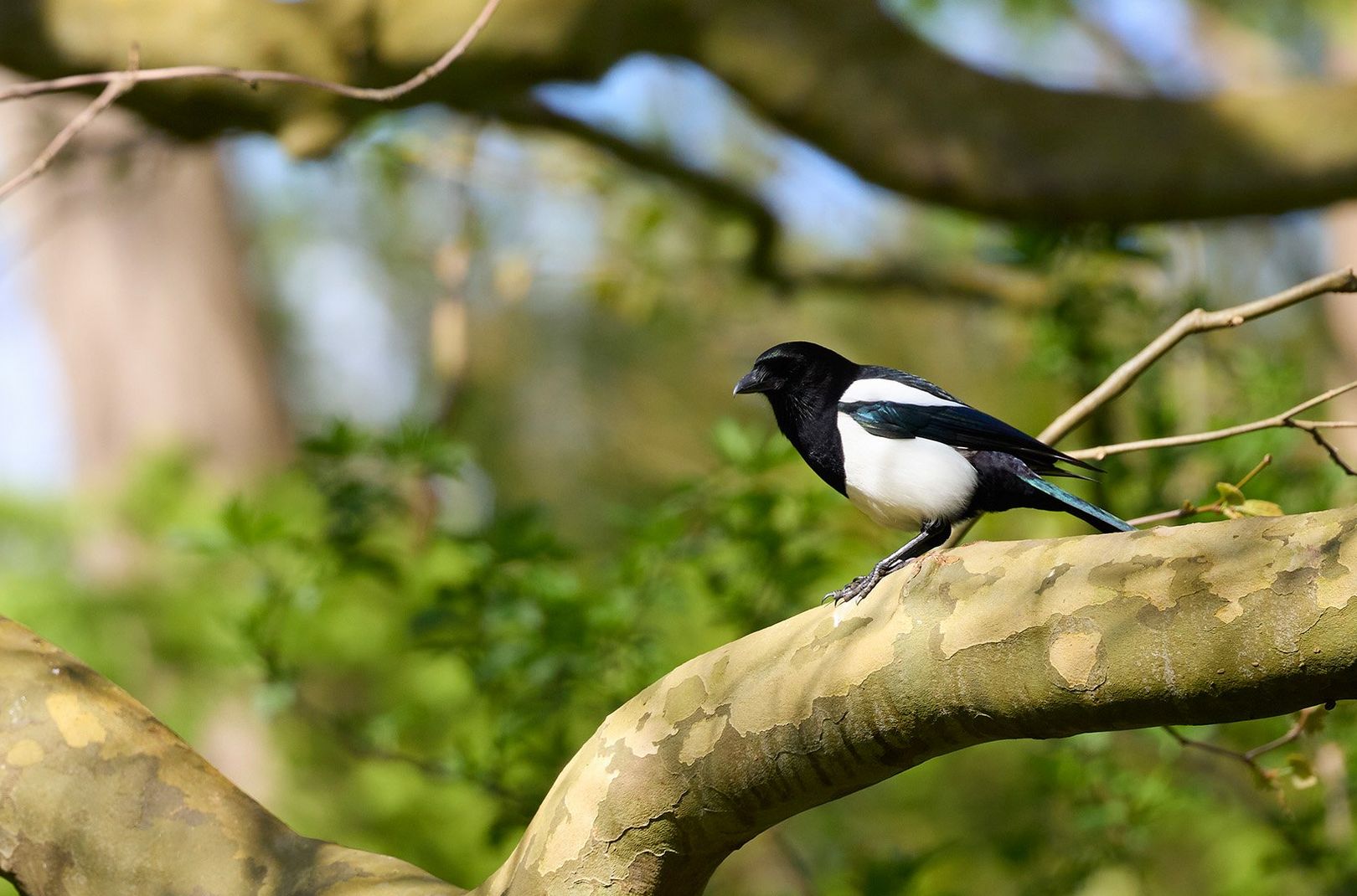
What Do I Need?
Birdwatching is an excellent hobby that doesn't involve much gear or prep work. While you can begin with just your eyes and ears, the most effective way to spot birds is by using binoculars and a telescope. We also recommend using your smartphone or a notebook to keep track of the birds you spot and gather valuable information for identification later.
Below is a selection of essential birdwatching gear available at Millets, perfect for enhancing your birdwatching experience.
CELESTRON Landscout 7x35 Birder Starter Kit
£50.00
These binoculars offer 7x magnification, revealing intricate details of your feathered friends. The 35mm objective lenses ensure excellent light gathering for optimal clarity, even in shadows. With a traditional Porro prism design and K9 glass prism, you'll enjoy a three-dimensional image with vibrant colours and contrast. Coated lenses enhance brightness and clarity while the water-resistant construction and ergonomic grip make it perfect for outdoor adventures.
Shop LandScout 7x35 Birder Starter KitCELESTRON LandScout 12-36 x 60mm Spotting Scope with Smartphone Adapter
£123.00 £125.00
This versatile, user-friendly scope includes a smartphone adapter which allows you to capture instant stunning images and videos through the scope. Compact and lightweight with a 12-36x magnification range and a comfortable 45° viewing angle, it ensures effortless observation for extended periods. With a rotating tripod mount for optimal viewing positions and fully coated optics for bright, sharp images, this scope delivers exceptional performance. It is also water-resistant and tripod adaptable, making it a convenient and reliable choice for all your birding adventures.
Shop LandScout 12-36 x 60mm Spotting Scope with SmartphoneRite Waterproof Notepad (6x4")
£9.00 £10.00
This environmentally responsible, all-weather writing paper allows you confidently document distinct bird features to look up later, knowing your notes will survive in any weather condition. Whether you're enduring a torrential downpour or braving the scorching heat and humidity of a summer's day, Rite In The Rain sheds water and ensures your writings remain intact. With its top spiral bound design, white paper, and 100 pages/50 sheets, it provides ample space for recording your observations.
Shop Waterproof Notepad (6x4")The Birdwatcher's Code
The Birdwatcher's Code puts the interests and well-being of birds first and respects other people, regardless of their interest in birding. By following the code, we can ensure a harmonious experience for everyone. No matter where you are, be it in the UK or abroad, the code applies and helps to make the most of birdwatching adventures. The Birdwatcher's Code is split into five categories.
1. Respect Birds and Their Habitats
Respect all birds and their habitats by avoiding getting too close and disturbing them. Disturbing birds can keep them from their nests, leaving chicks hungry or making them vulnerable to predators. If a bird flies away or repeatedly sounds alarm calls, you're too close to the bird.
Remember that disturbance isn't just about proximity; your behaviour and actions matter too. Don't repeatedly play recordings of birdsong or calls to get a response from birds, as it can distract birds from important tasks like feeding their young.
Stick to roads and paths and be mindful of not disturbing their living spaces. By being considerate, we can help ensure the well-being and safety of birds and their nests.
2. Be an Ambassador for Birdwatching
Be open to letting others enjoy birdwatching and help to educate those who may have questions. Birdwatching is a hobby that everyone can enjoy and brings delight to people of all ages and backgrounds!
3. Know and Follow the Rules for Visiting the Countryside
When visiting the countryside, make sure you're aware of the rules as they may differ in every location. Respect local residents, landowners and other people exploring and always ask for permission before accessing private land.
4. Sharing Sightings for Conservation
Consider sharing your sightings using bird tracking apps, such as BirdTrack, which allow you to store your records, supporting species and site conservation.
5. Responsible Sharing of Rare Bird News
It can be really exciting to come across a rare bird but it's important to consider the potential consequences of sharing this information and first inform the landowner or a designated authority like a nature reserve or warden.
The presence of a large number of visitors can disrupt the rare species, as well as put other sensitive species like breeding terns, flocks of wading birds or rare plants at risk. It's often wise to seek guidance from the County Bird Recorder or an experienced birdwatcher, as they can provide valuable advice in such situations.

Bird Species Found in the UK
Did you know? As of June 16, 2023, the UK is home to a diverse array of 631 bird species! This remarkable count is documented in the British List, which catalogues the various bird species and subspecies observed in Britain and its coastal waters.
Below are some of the beautiful birds that you can encounter outdoors:
• Blue Tit • Wood Pigeon • Magpie • Starling • Blackbird • Chaffinch • Jay • Wren • Great Spotted Woodpecker • Common Buzzard
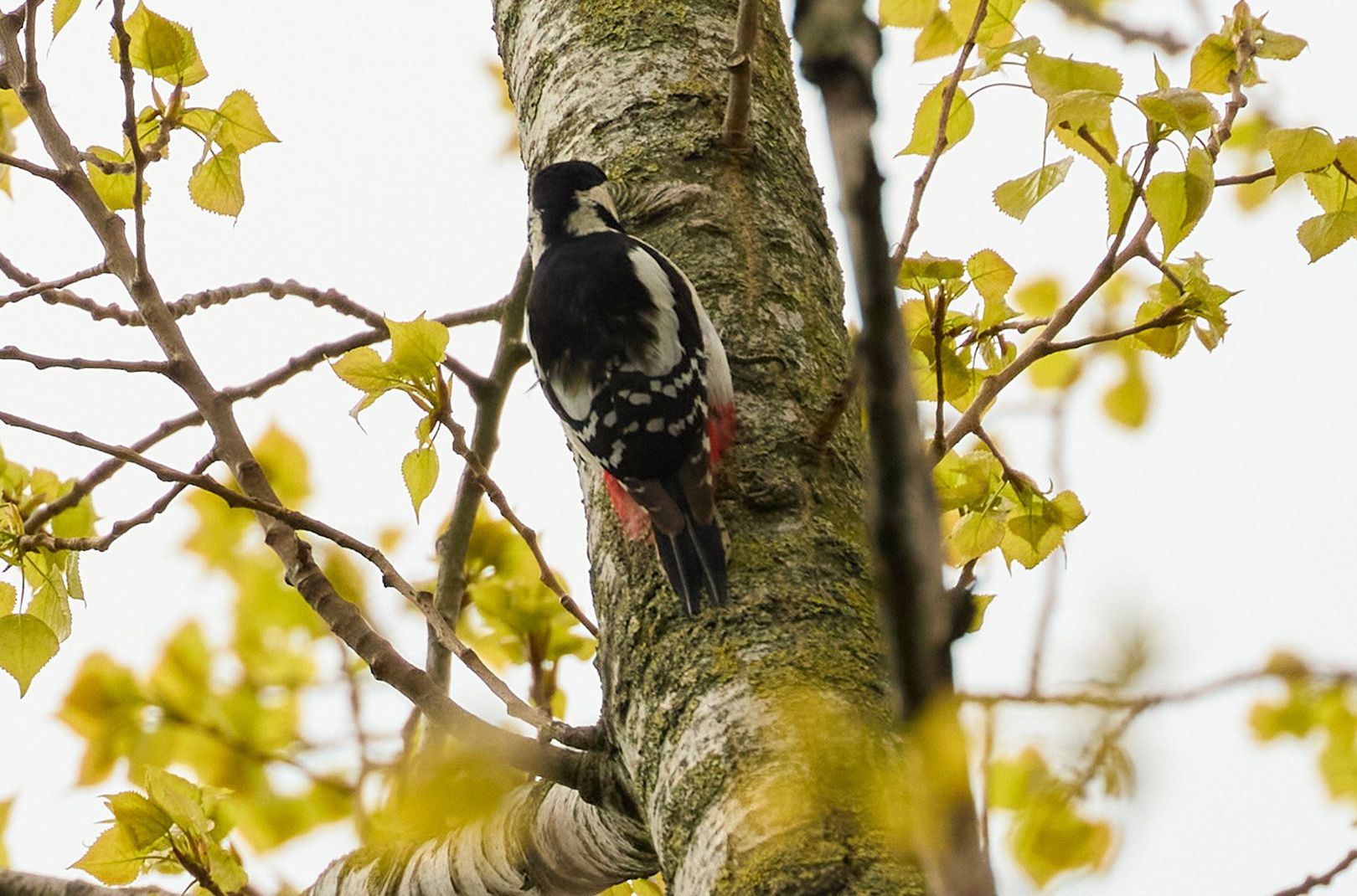
Each bird in this list possesses distinct characteristics, making them truly unique and captivating. The Magpie, with its striking black and white feathers, stands out as an intelligent and inquisitive species found in a variety of habitats. Meanwhile, the Blue Tit, adorned in vibrant blue and yellow plumage, is a delightful sight commonly spotted in gardens. The Wood Pigeon, famous for its gentle cooing, swoops around the countryside, while the Wren, a small bird with a remarkably loud voice, moves swiftly and playfully among the leaves and branches of trees. These birds offer just a glimpse of the incredible diversity of avian life that graces the UK's natural landscapes.
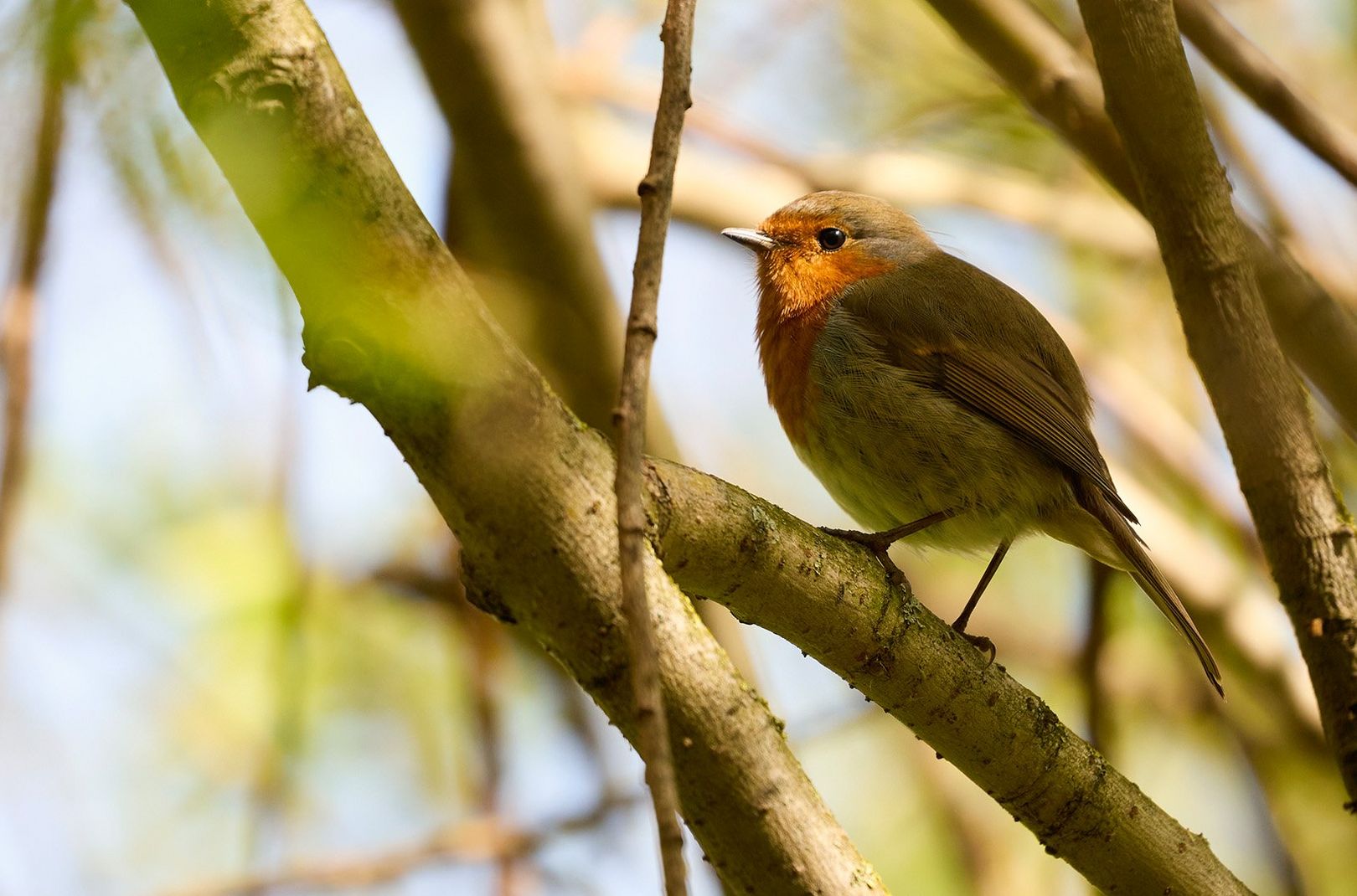
The excitement of birdwatching grows with experience, particularly when meeting new and unfamiliar species. It gets even more exciting when you can confidently identify a bird solely based on its feathers or distinctive calls. The more you practice, the better you will become and the more enjoyable and rewarding these moments of discovery will be.
For more birdwatching adventures, check out our video and blog featuring Flock Together and Sean Fletcher. Watch them discuss diversity and inclusivity in the outdoors and the benefits of outdoor activities like birdwatching.



